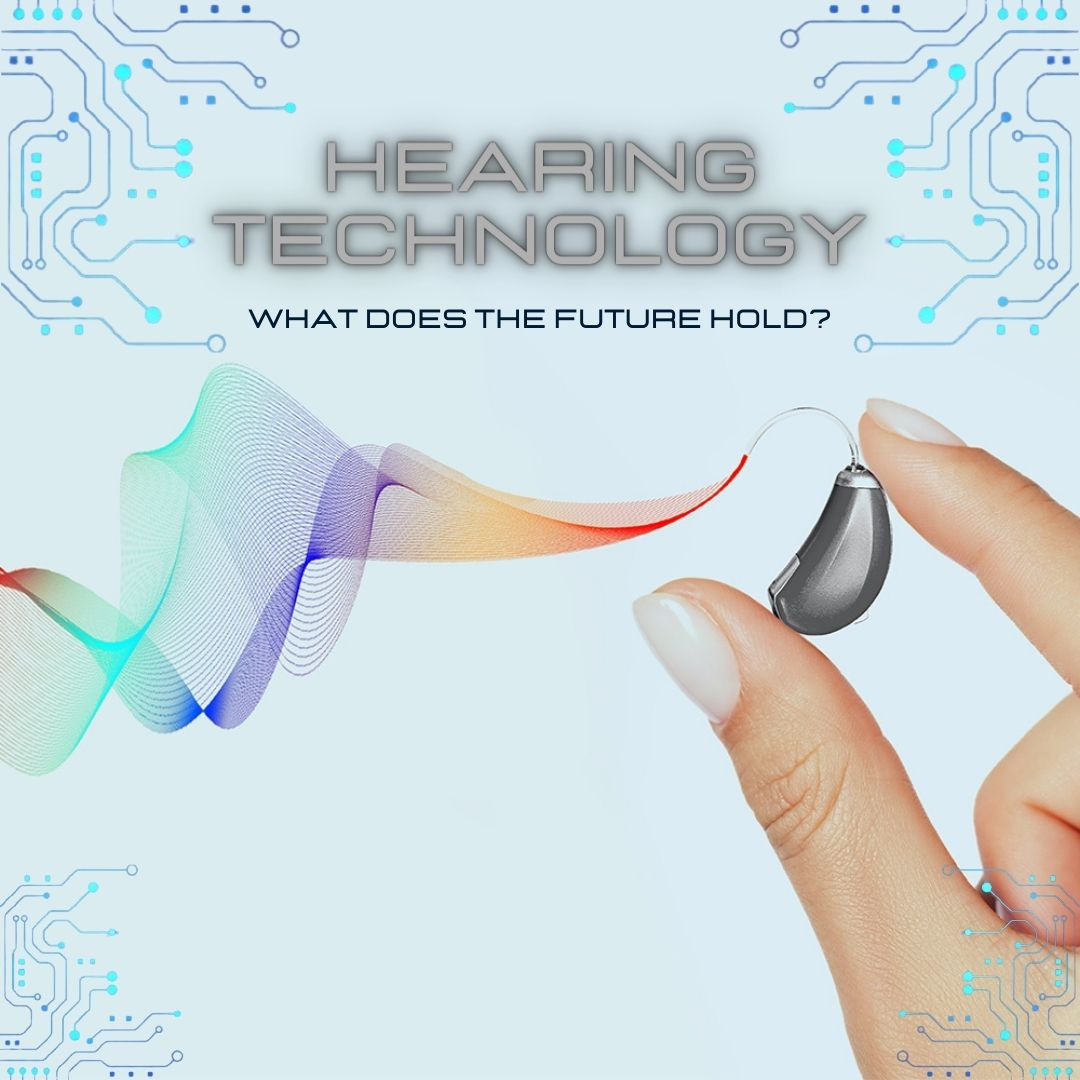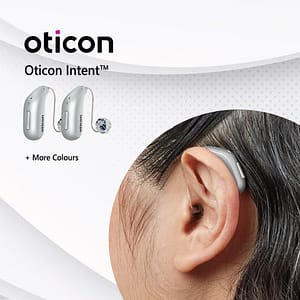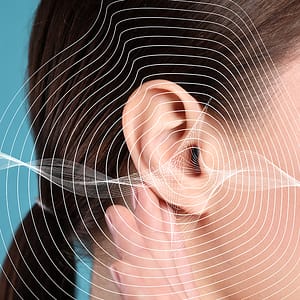While hearing devices have never been a stranger to technological development, it’s no secret that the latest advancements in the field have completely transformed hearing technology. Recent innovations have not only made hearing aids more effective, but they have also introduced exciting new features in terms of design, connectivity, and functionality.
This hearing technology revolution that we seem to be going through currently has inspired people to expect more from hearing devices, hoping that issues traditionally associated with hearing aids will soon no longer be a problem for users. So, what should we expect from the hearing devices of the future?
Invisible Hearing Aids
Hearing aids are available in various shapes and sizes. For individuals who prefer discreet styles, invisible hearing aids are the most suitable option. Invisible aids are exceptionally small and instead of being positioned behind the ear, they are usually placed deep inside the ear canal. They are most commonly available in the following styles:
- Invisible-in-canal (IIC)
- Completely-in-canal (CIC)
- In-the-canal (ITC)
IIC aids are positioned deep within the canal and are usually removed by pulling a small string. CIC and ITC devices are similar, but don’t sit as deeply inside the ear canal.
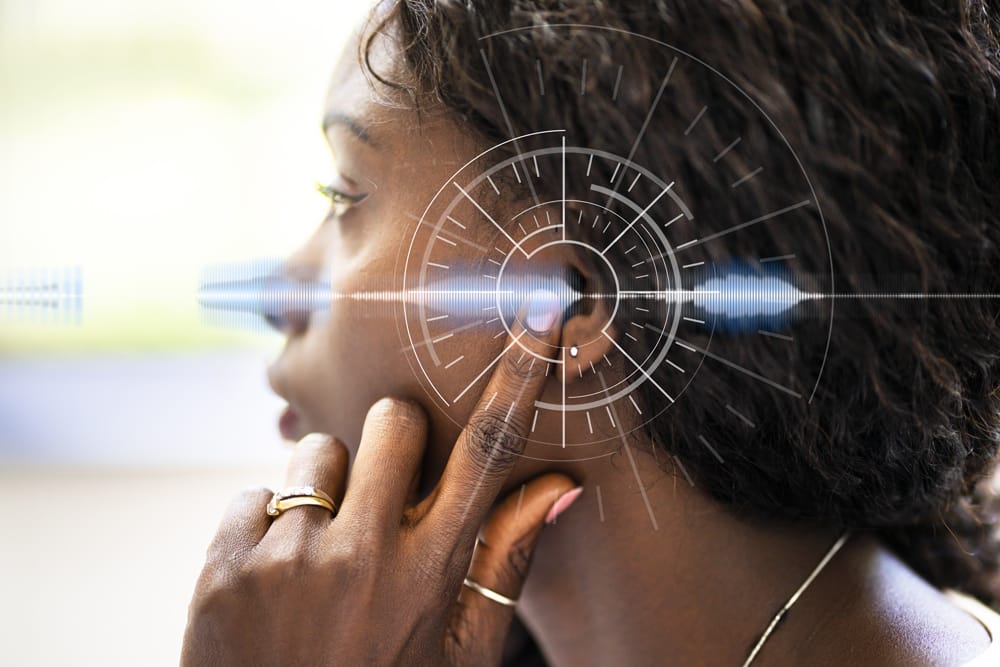
With such devices gaining more and more popularity, it is highly likely that invisible hearing aid technology will continue to advance. Future invisible hearing aids may be appropriate for more advanced stages of hearing loss (compared to current ones which are only suitable for mild-to-moderate hearing impairment) or may become available in various shapes to accommodate for different ear canals.
Nanotechnology
When considering the future of hearing aids, we can’t fail to mention nanotechnology. But what is it? Well, nanotechnology studies and manufactures small materials. To acquire an idea of just how small, consider this example: if a marble were a nanometre, then one metre would be the size of Earth.
So, quite tiny, indeed. But despite being miniscule, these structures have a massively significant application in modern-age technology. They can be used for many purposes, including making items that we already use more durable and resistant to moisture and damage. With the help of nanoscale thin films, objects such as glasses, computer and camera displays, windows, and various other surfaces can be made water-repellent, antireflecting, self-cleaning, antifog, and more.
Perhaps you can already see how hearing aid technology comes into the picture. Hearing devices are extremely delicate and can be sensitive to moisture, cerumen build-up and body chemistry which can lead to corrosion and reduced functionality. Nano manufacturing provides a solution to these issues, not only protecting hearing aids from debris and earwax, but also water and moisture.
Many hearing device manufacturers have begun using these structures to coat the entire hearing aid, effectively allowing it to be submerged in water. Additionally, the protective nano shield extends hearing aids’ life and lowers the required maintenance.
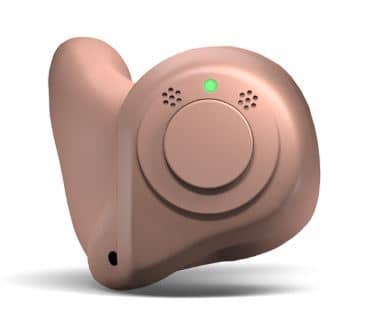
One can only imagine the developments that nanotechnology will bring to the world of hearing aids in future. Evidently, the possibilities are various. The newly released CustomMade hearing aids by GN ReSound (pictured above), for example, use nano coating inside and out which makes them weatherproof and ensures easy cleaning and maintenance.
The power of AI
Despite doing it in a limited capacity, current hearing devices are already implementing artificial intelligence: some hearing aids are able to automatically adjust their settings depending on the environment the user is in, either using pre-trained DNNs (Deep Neural Structures), or Gaussian processes which track users’ preferences over time.
However, the most promising use of AI in hearing aid technology is yet to find implementation, and that is the concept of replicating or enhancing functions that are normally performed by the auditory system. Using DNNs to transform incoming sound can help AI significantly improve the signal processing in hearing aids. This could be particularly significant in tackling the most common problem hearing aid users face, which is the understanding of speech in environments with background noise or with multiple speakers present.

Augmented Listening
Augmented listening devices are used to enhance the user’s hearing experience by modifying the sounds they hear in real time. They include:
- Traditional hearing aids
- Low-cost personal sound amplification products
- Advanced headphones which incorporate listening enhancement with features like heart-rate sensing (the so-called ‘hearables’
- Augmented- and mixed-reality headsets

They can enhance the human perception of sound in various ways. They are able to amplify sounds, as well as help users focus on the sounds they want to hear while blocking out environmental noise. However, separating one person’s voice from multiple others remains a challenge.
Separating sound sources without delay or distortion is difficult. Many hearing aids and assistive listening devices attempt to tackle this issue by using multiple microphones which detect subtle time differences between incoming signals, thus enabling the devices to determine which sounds are coming from which directions, track their movement, and separate them spatially.
Most devices, however, usually have just two microphones which are spaced a few millimetres apart. Arrays such as this are too small to separate sounds in crowded environments.
According to research, using large arrays spread across the body or around a room could help analyse more complicated sound scenes, tracking sources and users as they move, and reducing the delay and distortion constraints that are currently holding back listening devices.
Reversing Hearing Loss
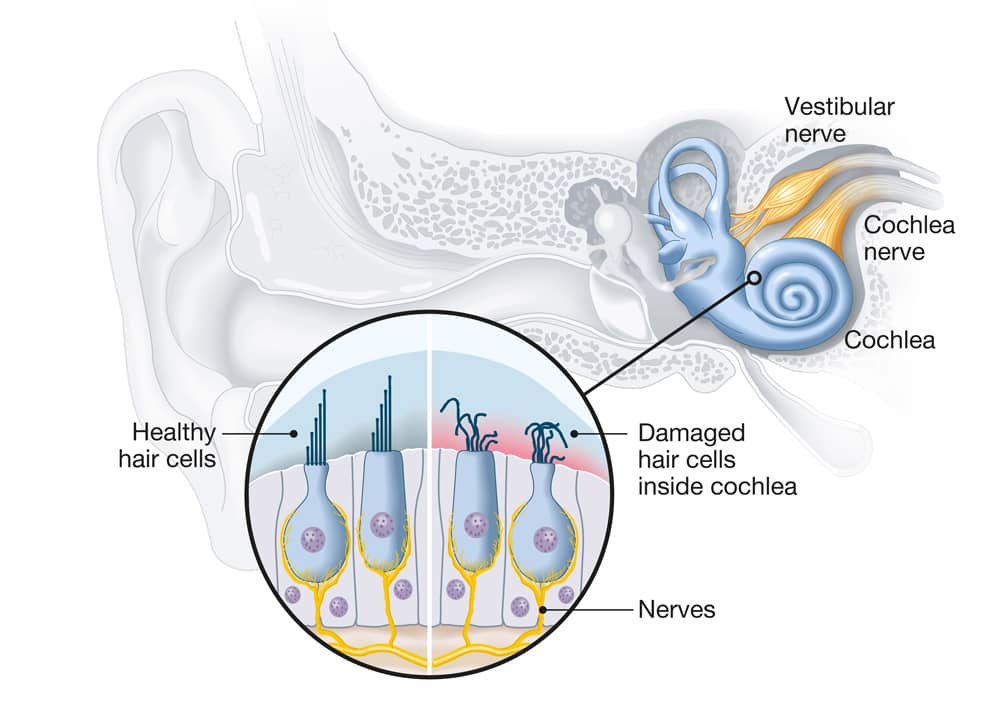
As far as we are currently aware, hearing loss is not reversible. Research conducted by Harvard Medical School and Massachusetts Eye and Ear, however, may bring science closer to being able to provide treatments which regrow the damaged cells causing hearing loss.
A study published in Nature Communications reports a new method to facilitate cell division in the mature inner ear. Using this, scientists were able to reprogram cells inside the inner ear to proliferate and regenerate hair-like cells in adult mice. This study is the first of its kind and may provide a strategy to the regeneration of sensory hair cells in individuals suffering from hearing loss.
It is evident that the future of hearing technology is bright, with new innovations becoming available at a quicker and quicker pace. In the meantime, why not have a look at our robust range of hearing solutions? We offer hearing aids that can not only provide you with life-changing hearing assistance, but also with the latest technological developments in the field. Click here to browse today!
